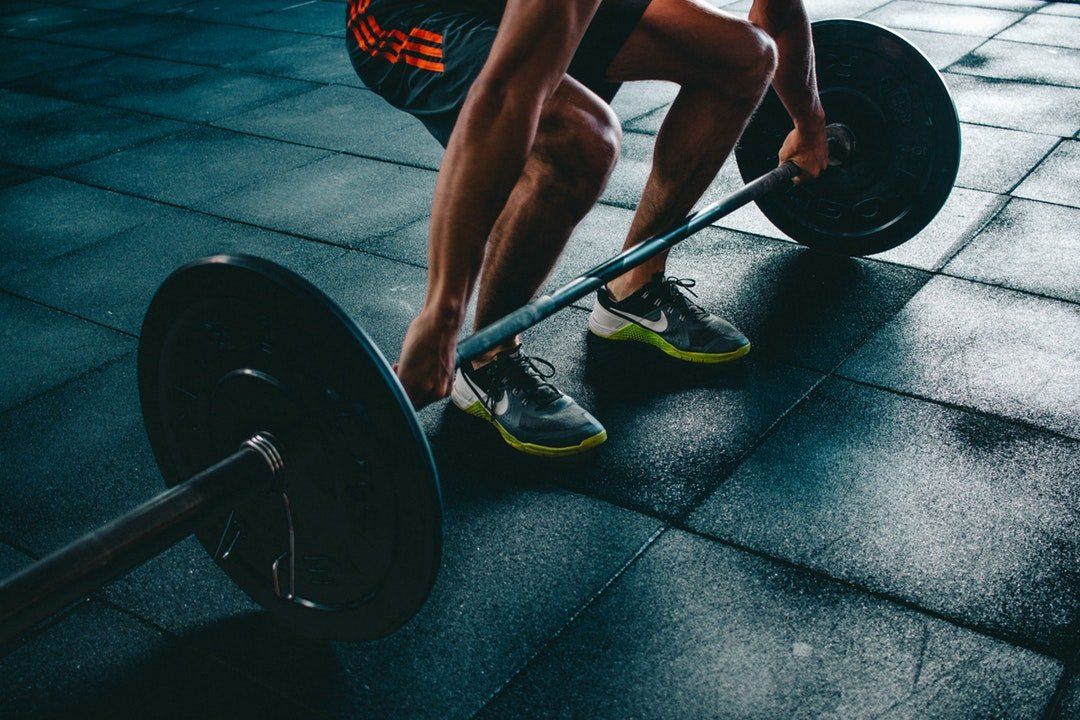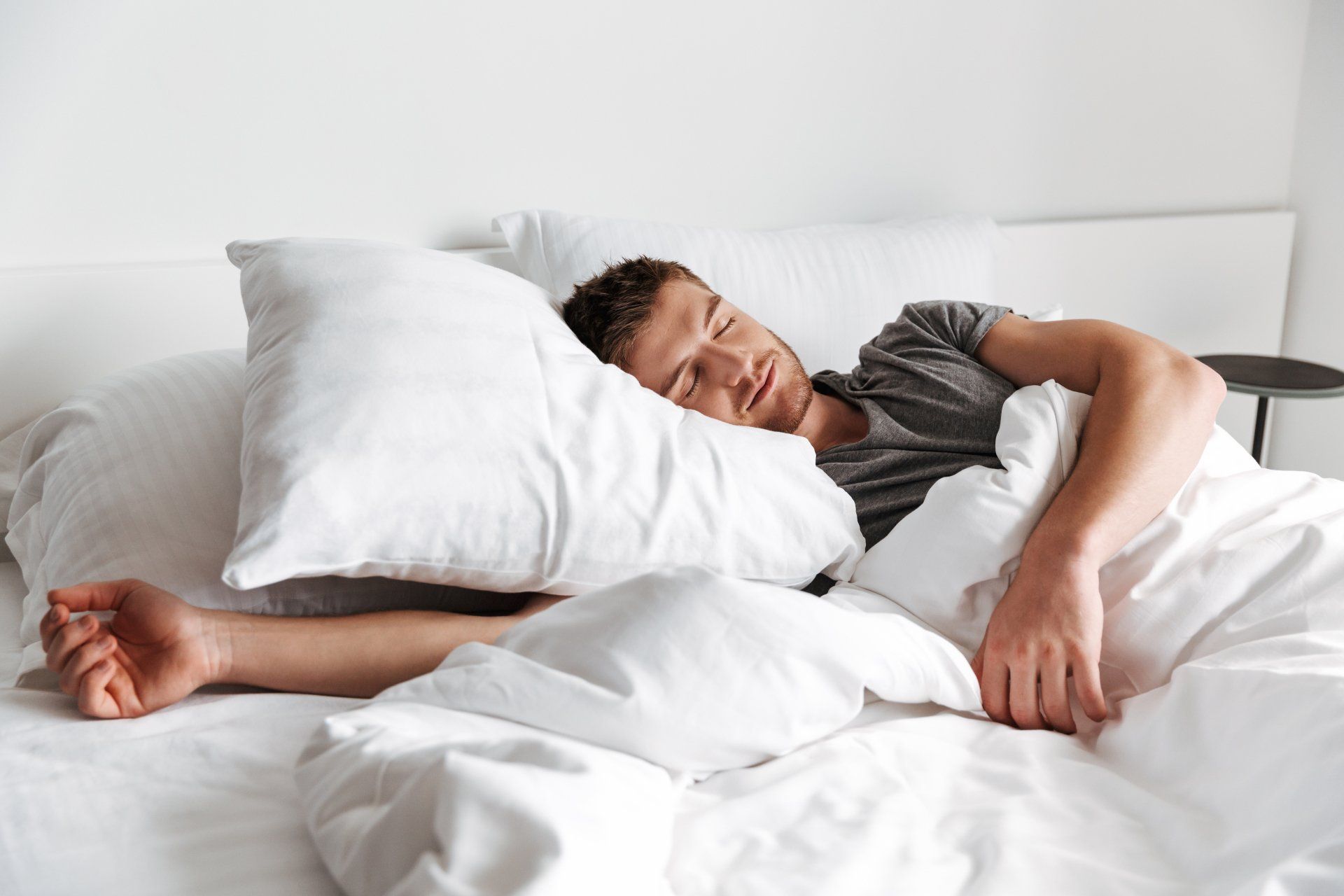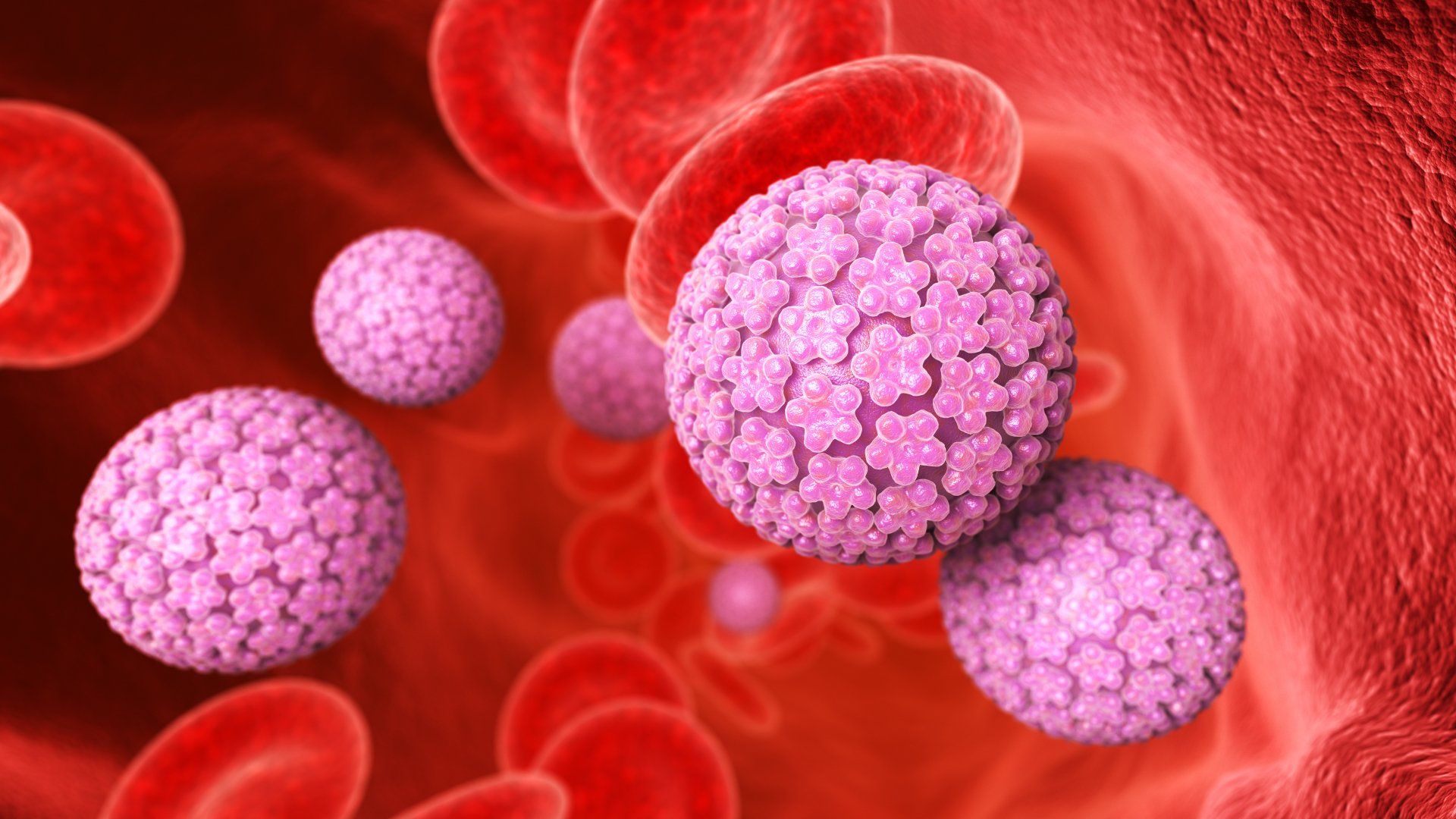FULL BODYWELLNESSwith
RED LIGHTTHERAPY
WHAT IS RED LIGHT THERAPY?
Red Light Therapy, or Photobiomodulation (PBM) is a treatment that stimulates natural biological cellular processes by using clinically-determined wavelengths of red and near-infrared light to increase circulation and the synthesis of cellular energy.
Learn More
WHO CAN BENEFIT?
PBM is for people who want to heal or enhance their body. Athletes, active individuals, aging seniors and patients of the medical system all can experience benefits from Red Light Therapy.
More About PBM
WANT TO LEARN MORE?
Watch our video and see how Good Light Wellness can benefit you in your journey to enhancing performance, reducing pain and inflammation, improving muscle memory, and increasing range of motion.
Learn More
News and Research

You’ve probably seen red light therapy beds or panels popping up in gyms and wellness centers, but what are they for? And—do they work? Red light therapy is a type of photobiomodulation therapy that uses panels of specific red LED lights, and they’re showing up in your gym because they help with injury prevention and increased athletic performance. What is Light Therapy? Light therapy, is a type of photobiomodulation therapy. A light therapy device emits light at a specific wavelength that is readily absorbed by cytochrome c, a protein that is part of a cell’s mitochondria. Absorbing this light energy from light therapy devices boosts cellular energy through increased production of ATP from the mitochondria. Through this, photobiomodulation therapy helps to reduce pain, swelling, and stiffness in muscles and joints. Why Light Therapy for sports performance? Light therapy can be beneficial even if there is no injury or chronic issue present, which is why athletes and sports teams have started using photobiomodulation therapy as part of their regular training and exercise. Photobiomodulation helps improve athletic performance by reducing muscle fatigue and increasing endurance as well as preventing or treating injury at the first signs before pain becomes persistent. When using an FDA-registered light therapy device, there is minimal risk involved. Clinical evidence shows that light therapy photobiomodulation is a safe and effective treatment, with many individuals experiencing no adverse effects. Other devices used for sports performance, such as cryotherapy chambers, don’t have the same consistent clinical results and can be quite dangerous. Prevent Injury With Light Therapy One of the most popular applications of light therapy is to prevent injury. Of course, one of the most important ways to reduce the risk of injury is to have a proper warm-up. A warm-up gradually increases heart rate and circulation to loosen joints and increase blood flow to muscles. Light therapy helps with warm-up through a process called vasodilation, in which blood vessels widen and allow more blood flow throughout the body. A good warm-up prevents injury by ensuring that the body is ready for more intense movement. However, light therapy can be used at the first sign of injury as well to promote healing and prevent further damage as well as relieve pain and swelling. Reduce Muscle Fatigue With Light Therapy Muscle fatigue is the loss of the body’s ability to generate force—it’s why the tenth rep is harder than the first. Muscle fatigue affects every person in every sport. While training and regular exercise build up strength and endurance, there is still a point where muscles will fatigue, and performance will drop. Muscle fatigue has two causes, both of which can be affected by light therapy: Energy shortage in muscle fiber Build up of metabolites in muscle fiber Energy Shortage Molecules called substrates control muscle contraction, and muscle fatigue strikes when their supply runs low. As we mentioned previously, light therapy has a photochemical effect on the mitochondria, which are responsible for the production of the substrate, ATP. Light therapy increases the production of ATP and gives athletes more energy supply to go further. Build Up of Metabolites Metabolites are generally waste products that result from muscle contraction, and they include substances like potassium, lactic acid, and reactive oxygen species. These metabolites cause that burning feeling in muscles during exercise and contribute to muscle fatigue. Light therapy reduces the buildup of lactic acid because it inhibits the activity of the enzyme that causes its production, LDH, which is responsible for reducing pyruvate into lactate. So Should You Use Light Therapy Before or After Exercise? One benefit of light therapy and other forms of photobiomodulation therapy is that there is no downtime, so you can use it before or after exercise. So far, we’ve discussed how using light therapy before exercise is beneficial to prevent injury, improve warmup, and reduce muscle fatigue. However, there are benefits of using light therapy after a workout, too. Using light therapy after a workout can help reduce muscle soreness in the days following exercise. Muscle soreness is most likely caused by minor muscle damage that causes an inflammatory response. Increased cellular energy from photobiomodulation helps inflammatory mediators get to damaged muscle tissue faster, resolving soreness and repairing damage before it can become a bigger problem. Source: TheraLight

Winter months can be rough on our mood and sleep. Fewer daylight hours alone leave many feeling down, and places with snowy and cold weather leave the sky gray for days at a time. Lack of sunlight during winter months mixed with artificial indoor lights and blue light from smartphone, computer, and tablet screens all impact our circadian rhythm, which affects our energy, mood, and sleep. What is Our Circadian Rhythm? All living things have a circadian rhythm. This rhythm is often referred to as the “internal clock” which controls when we feel awake versus when we feel tired. You may have also heard this called the sleep/wake cycle. Circadian rhythms are different for other organisms, but in humans, we tend to have a 24-hour cycle that generally follows day and night. The National Sleep Foundation describes the human adult circadian rhythm as having the biggest energy dips between 2AM-4AM and 1PM-3PM. Although this can vary naturally, depending on if someone is an early bird or a night owl. Impact of Light on Sleep & Mood The hypothalamus is the part of your brain responsible for your circadian rhythm, and it’s affected by outside forces like light and dark. When it’s dark, your hypothalamus will send out melatonin, a hormone that makes you sleepy. Things like prolonged light exposure can disrupt this cycle by not signaling your brain that it’s time to rest. This is why spending time on your smartphone before bed can make it harder to fall asleep. Artificial lights, from floor lamps to phone screens, have allowed us to continue working and playing long past sundown. But doing so regularly can affect your circadian rhythm. Disrupting the circadian rhythm is linked to a variety of issues, including depression, certain types of cancer, and cardiovascular disease. Additionally, we need natural light. Our circadian rhythms were set long before the advent of light bulbs, so being exposed to natural sunlight is important for regulating this cycle. While we spend our workday under light, the fluorescent bulbs in the office aren’t a replacement for sunlight. And during the winter, natural light can be scarce or even absent in northern and southernmost regions. However, phone and laptop screens emit blue light, which is closer to natural sunlight, but getting blue light at the wrong time (i.e. when you get home from work in the evening) can upset your circadian rhythm, too, by tricking the body into staying awake. You know the day after a poor night’s sleep is rough; your patience might be short, or you might struggle to focus. But regularly disrupted sleep patterns impact our mental health in a big way. In fact, a 2013 literature review found that most people diagnosed with a mood disorder also had disrupted circadian rhythms. Types of Light Therapy for Improving Sleep & Mood There’s two different kinds of light-based therapy to help correct circadian rhythm disruptions: bright light and red light. They accomplish different goals, so it’s important to use them properly. Bright Light A bright light box mimics natural sunlight. In winter months when sunlight is scarce, using a bright light box can help you feel more awake. Bright light is most effective when used in the morning, and you don’t need to be in it for long. 30 minutes in the morning, perhaps while enjoying your morning coffee, is enough. Red Light Red light therapy, also called photobiomodulation, functions opposite from bright light. Instead of signaling to the body it’s time to wake up, red light tells the body to produce and release melatonin, helping you to fall asleep. Being surrounded by blue light at night keeps you awake, but using red light instead helps you fall asleep. However, replacing your regular light bulbs with red-colored bulbs isn’t going to help much, if at all. Special red light devices emit specific wavelengths of red light that are readily absorbed by the body—these are the devices that will give you results. 15-30 minutes of exposure at a time is enough, and the time will depend on what kind of device you’re using. For example, a session in a TheraLight Light Bed shouldn’t exceed 20 minutes. If you feel light is affecting your sleep patterns, also consider where you might be getting the wrong light at the wrong time. Small changes like reading a book in bed instead of reading or playing a game on your phone reduces blue light exposure at night. Sleep is tied tightly to our mood and physical health. If we sleep better, we feel better. While we can’t control the sun or the seasons, there are some small lifestyle changes to help, such as not using your smartphone to read before bed, and light devices designed to help with waking and sleeping. Source: TheraLight


